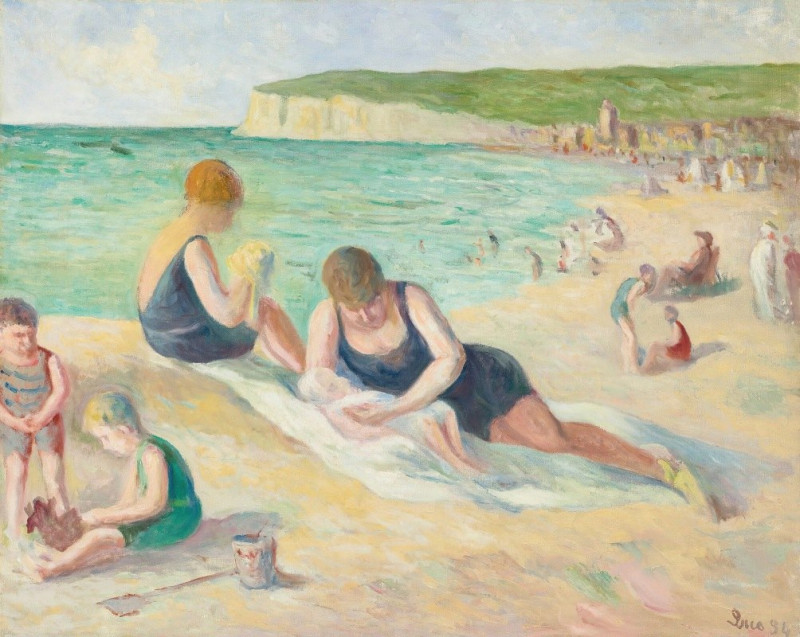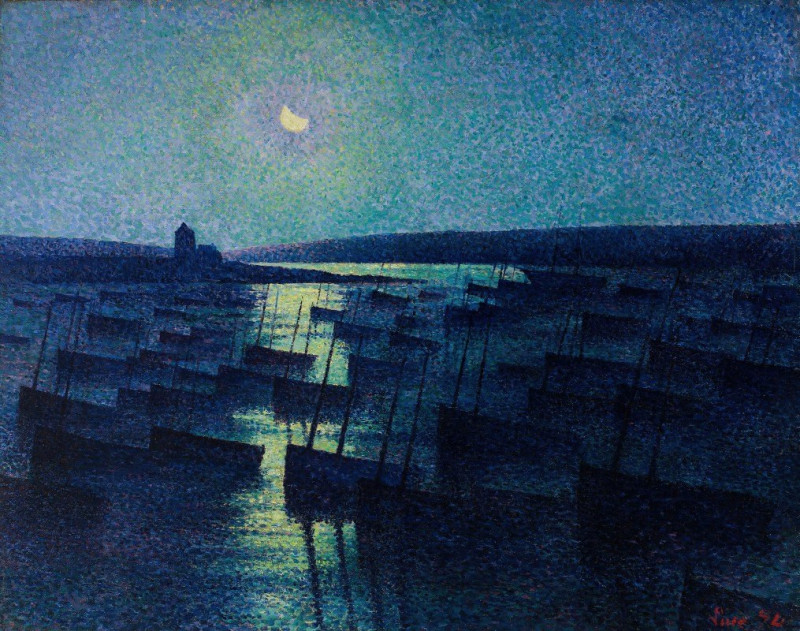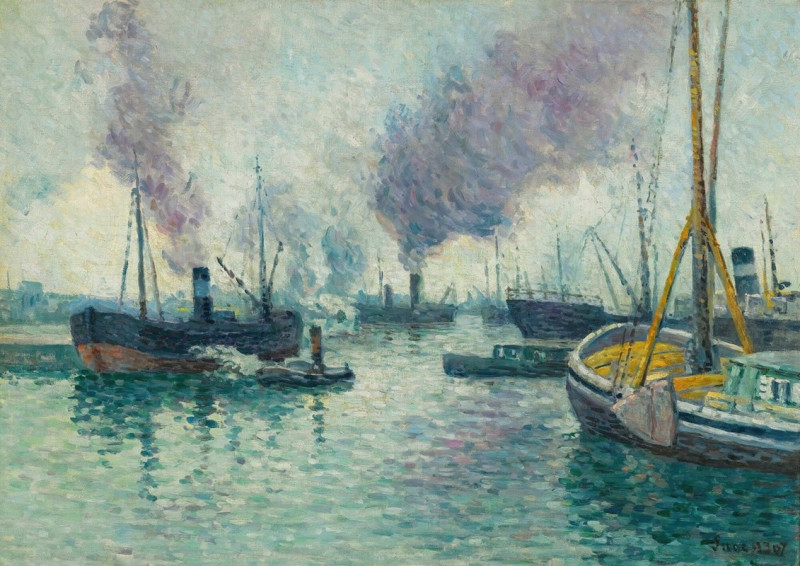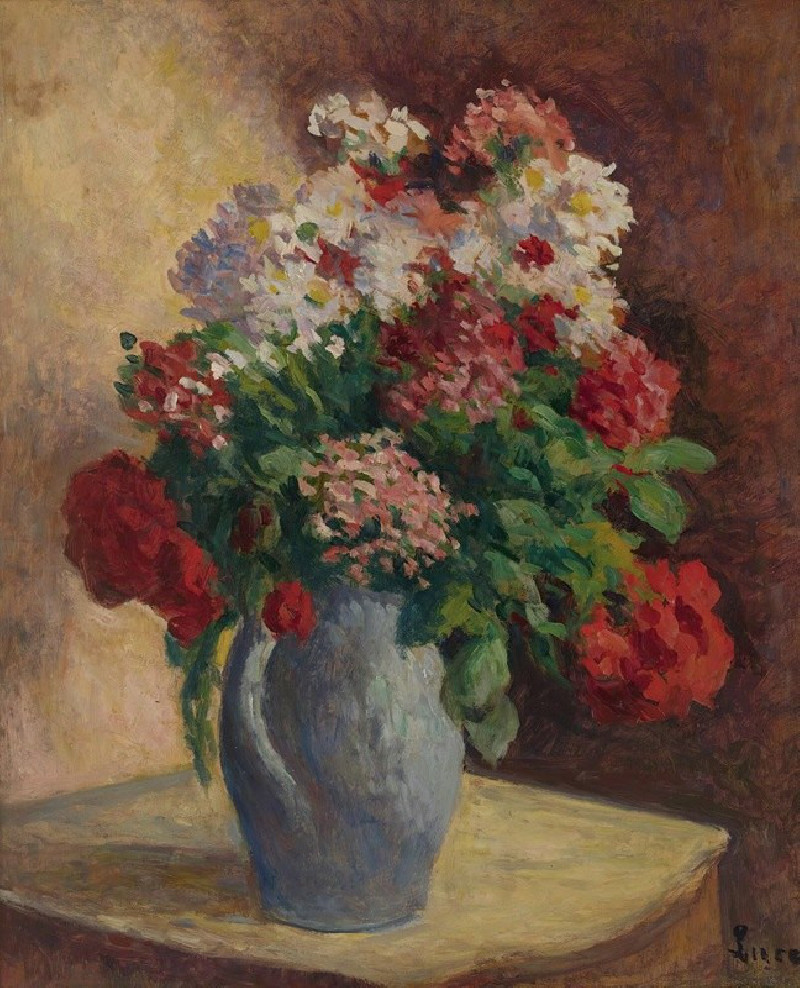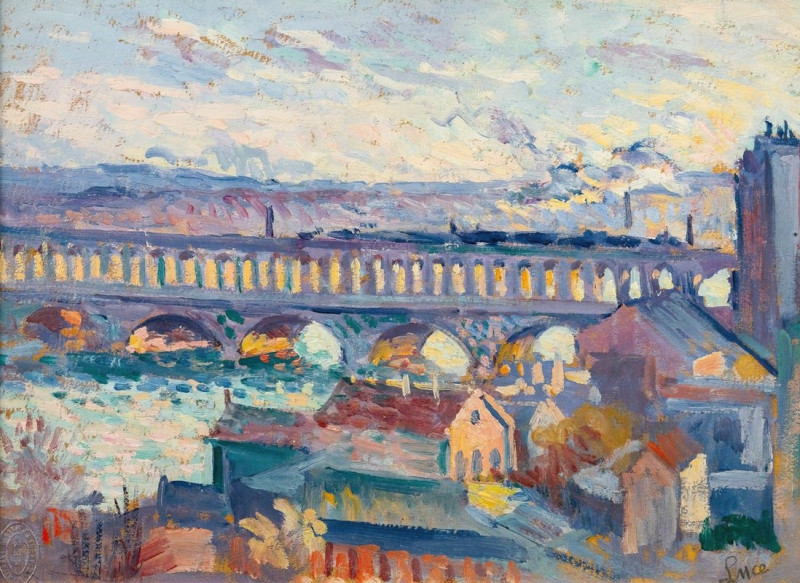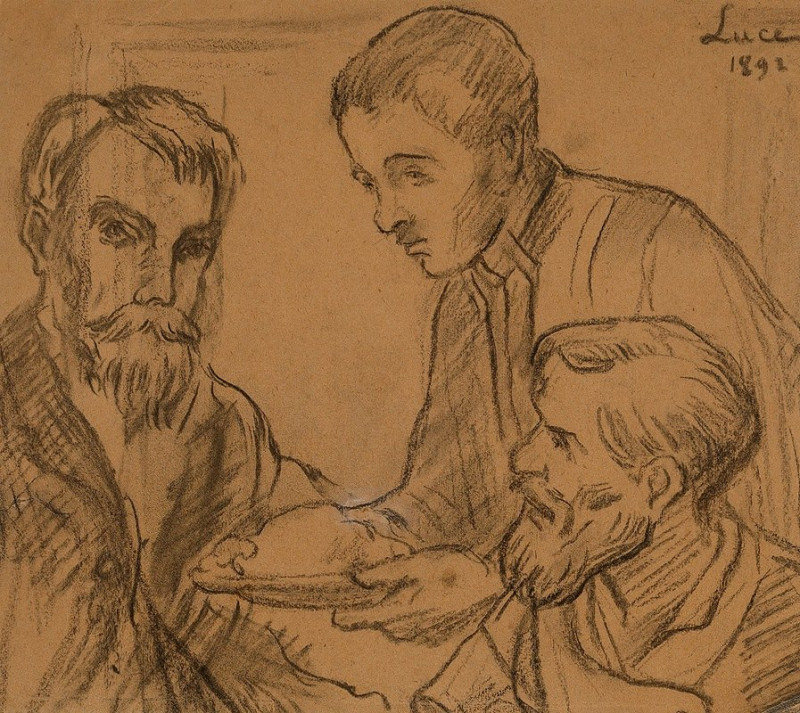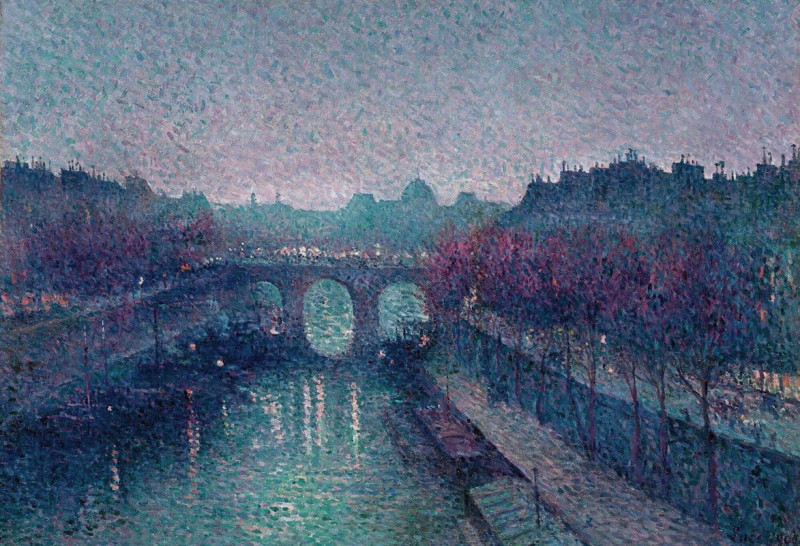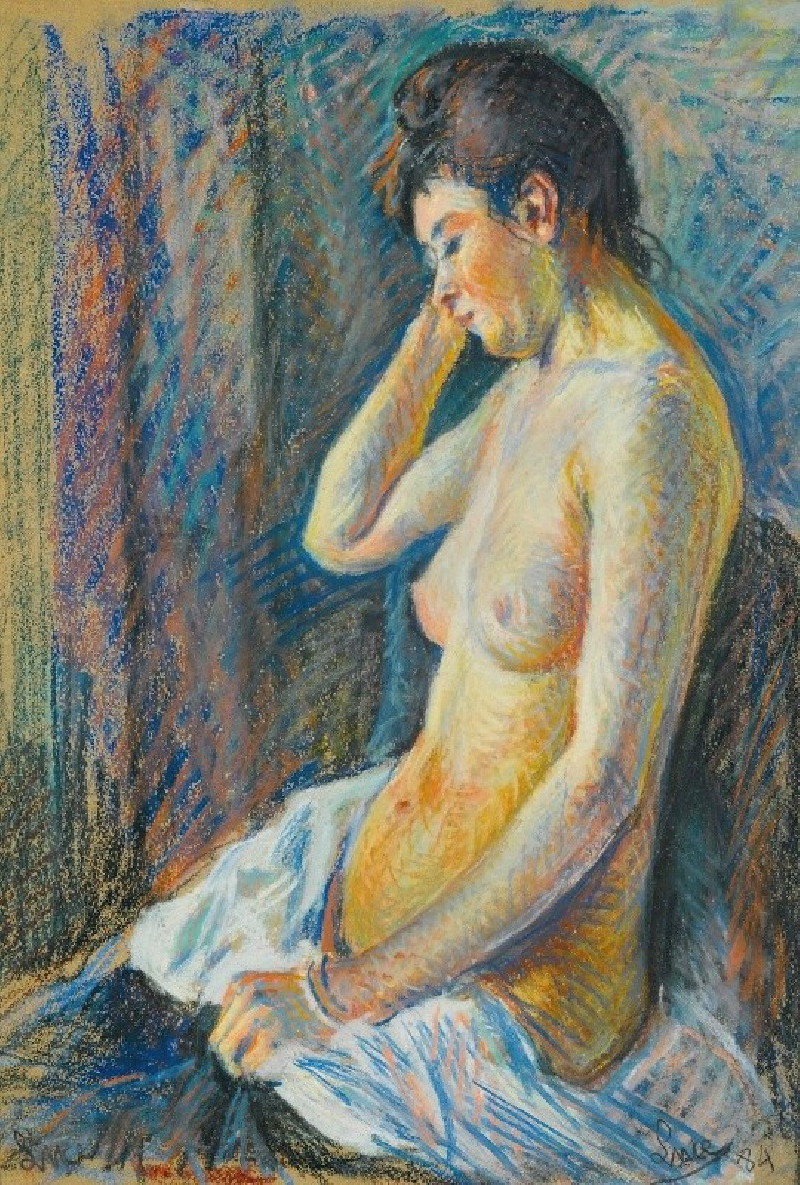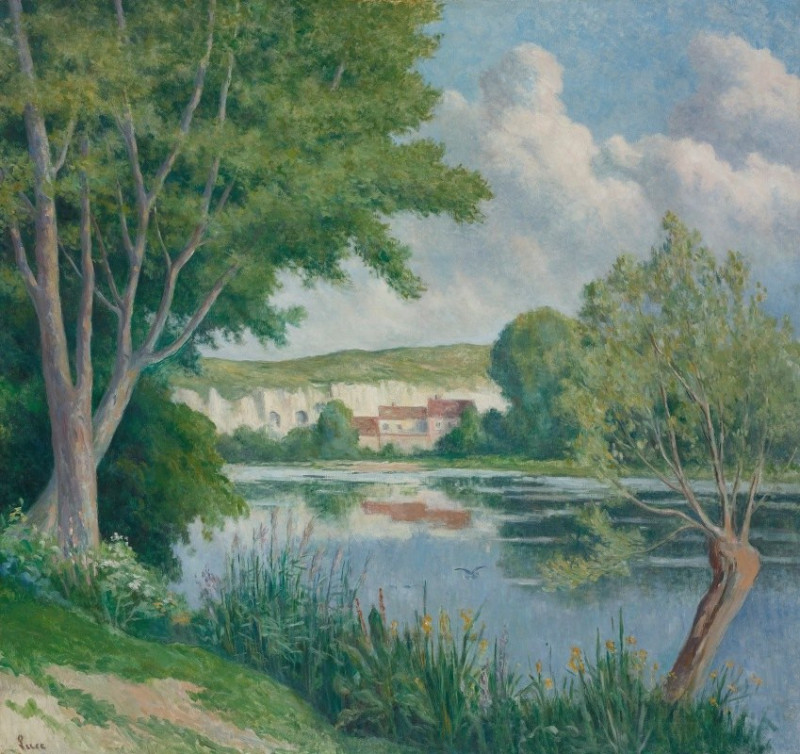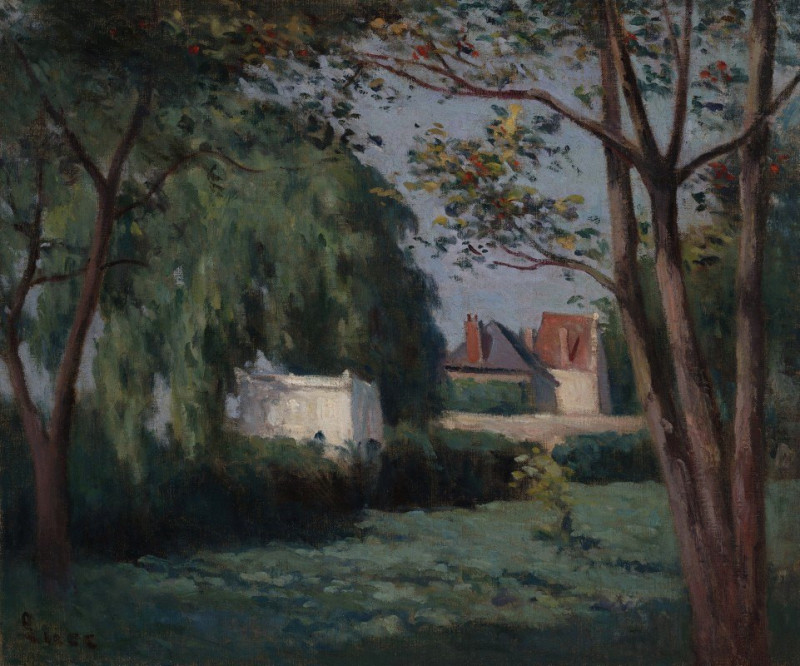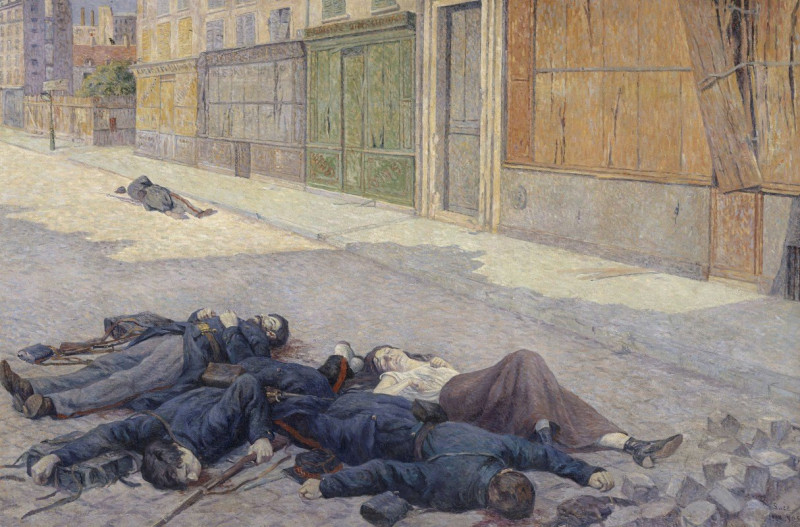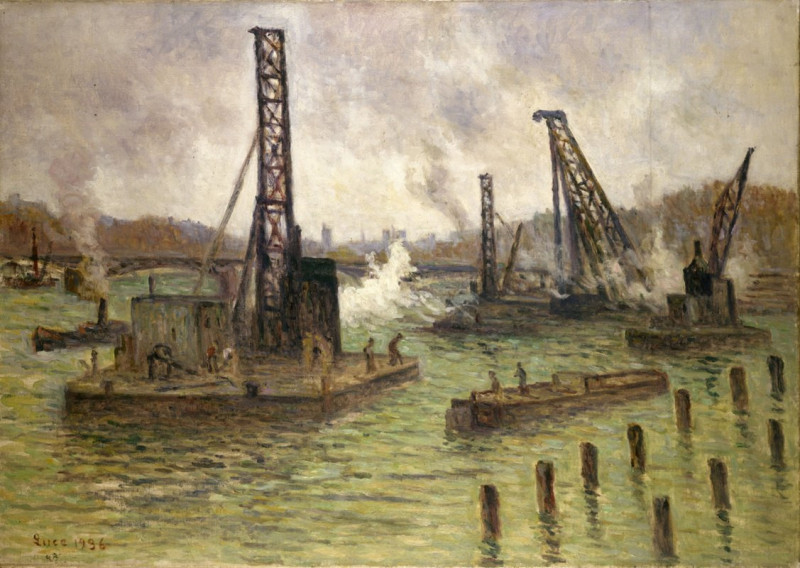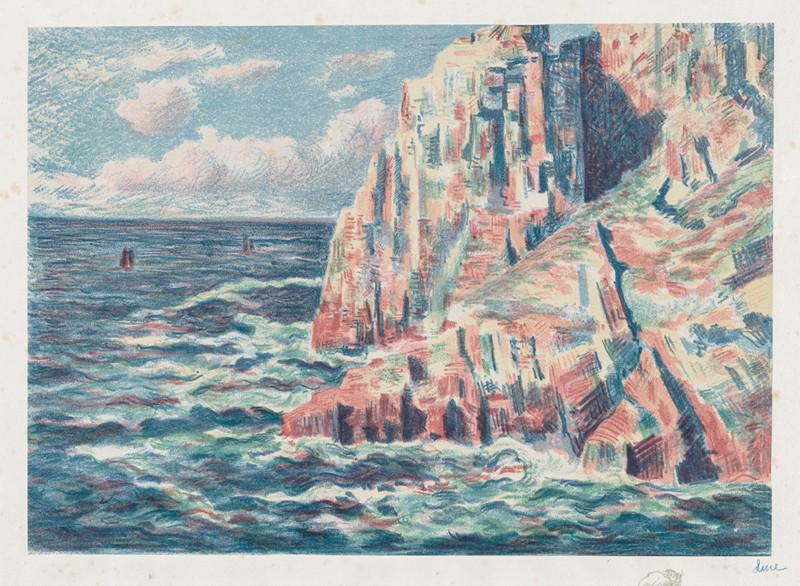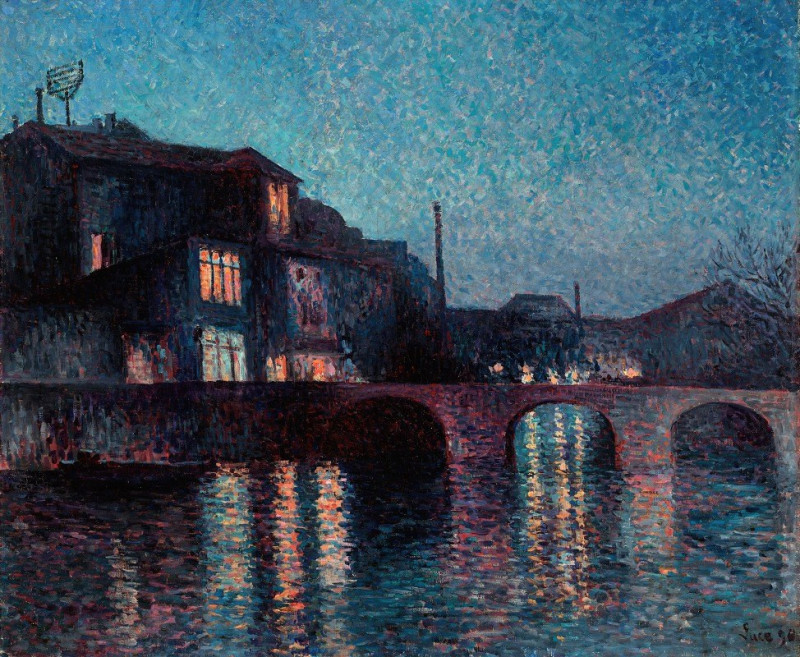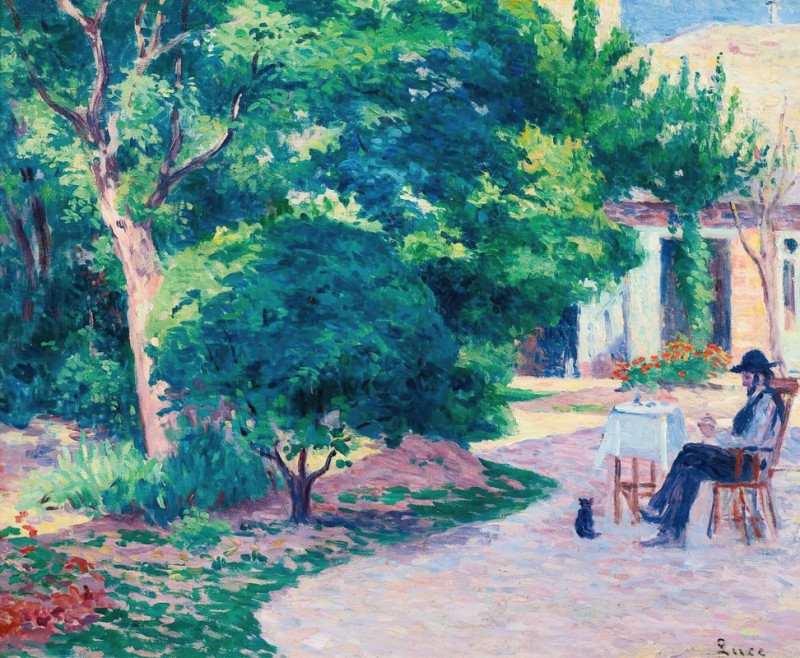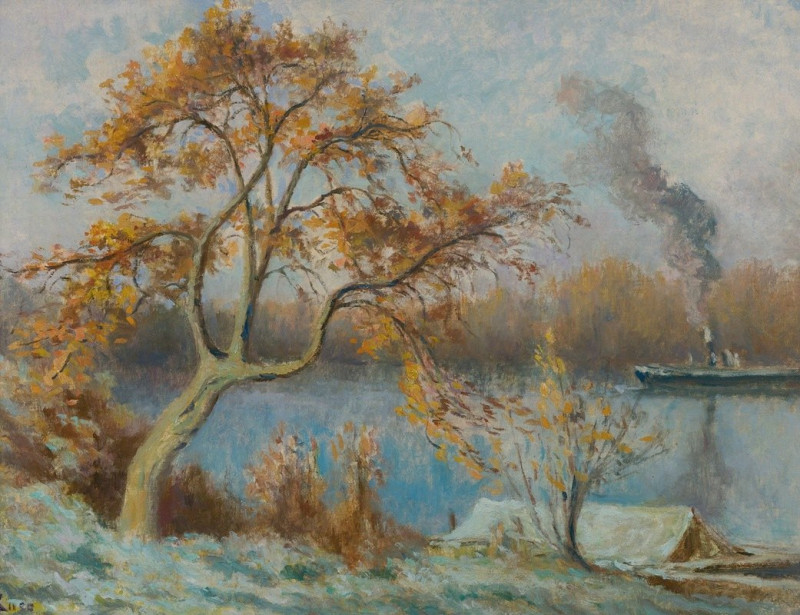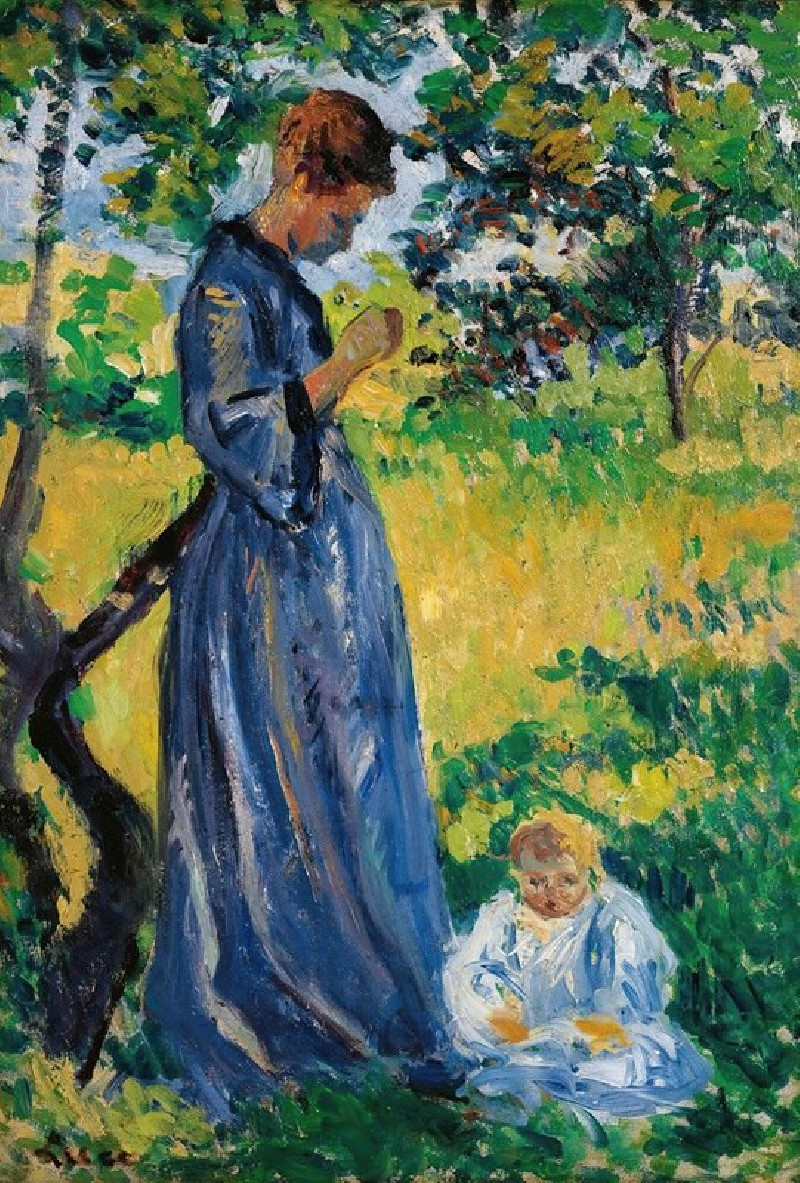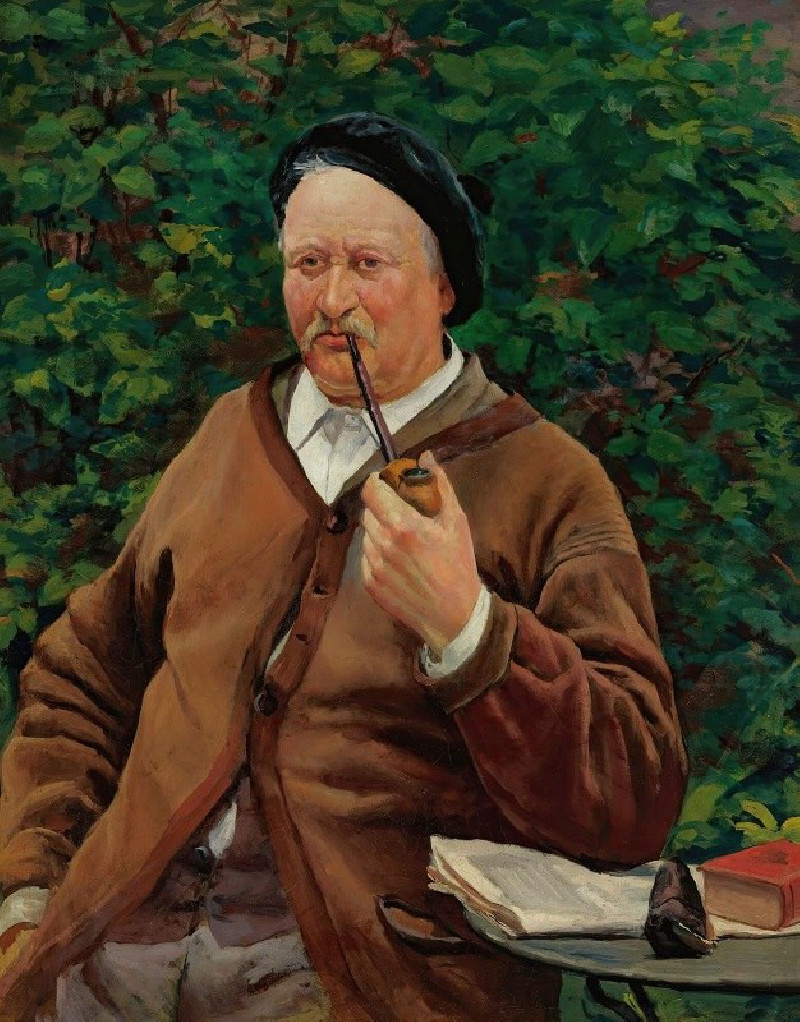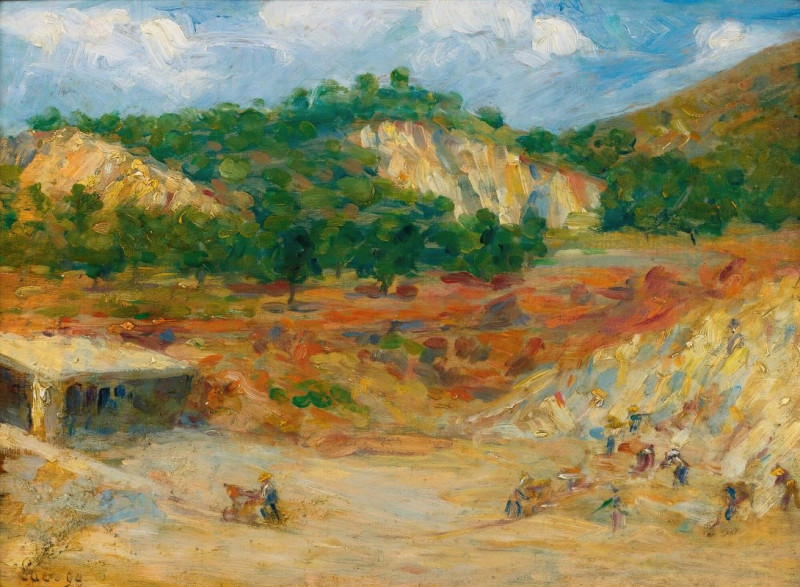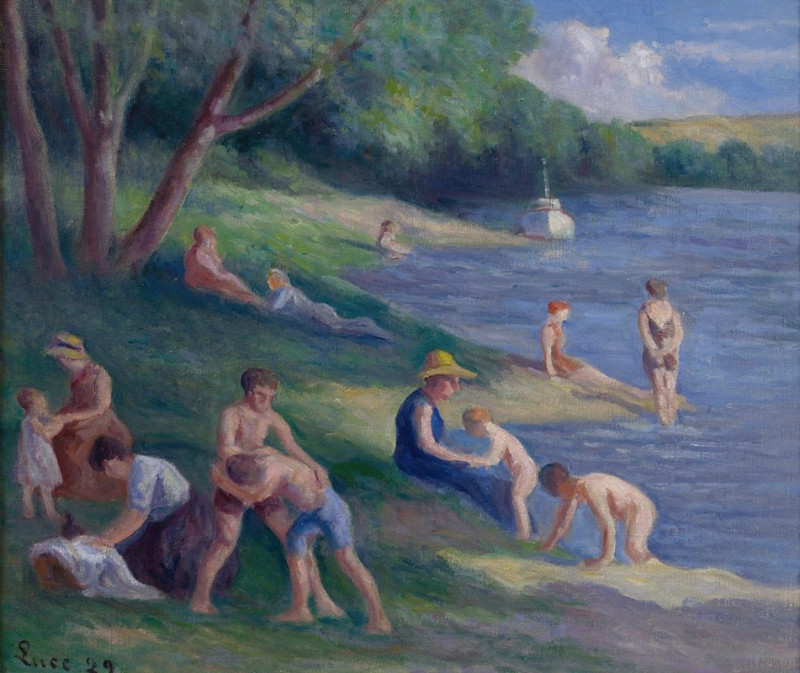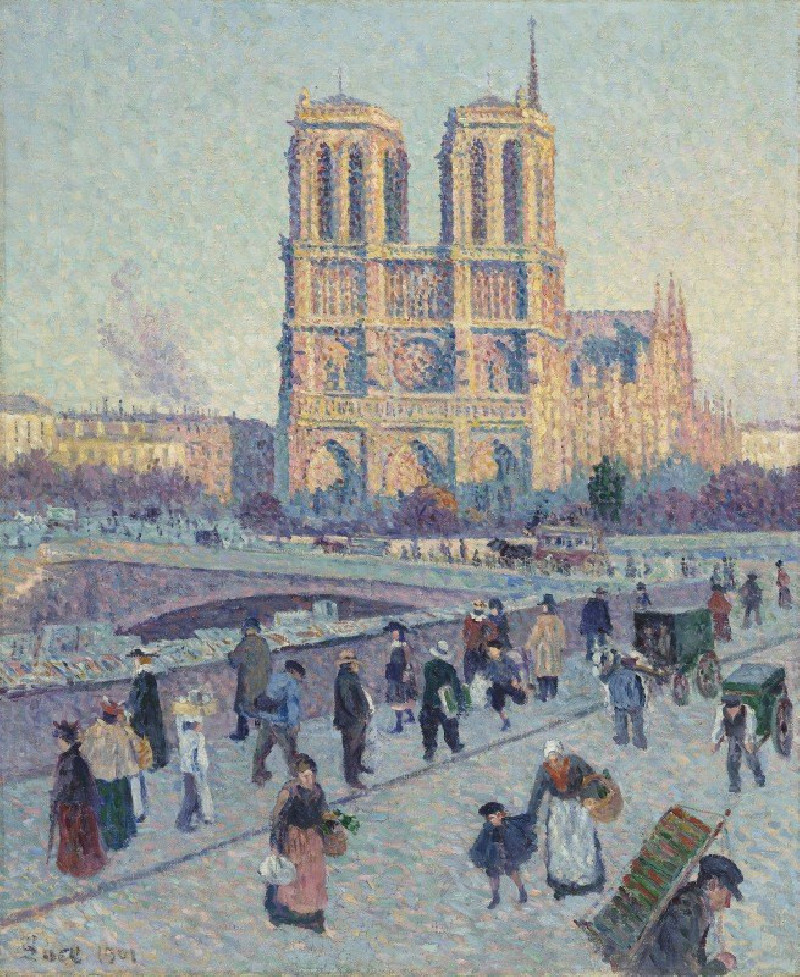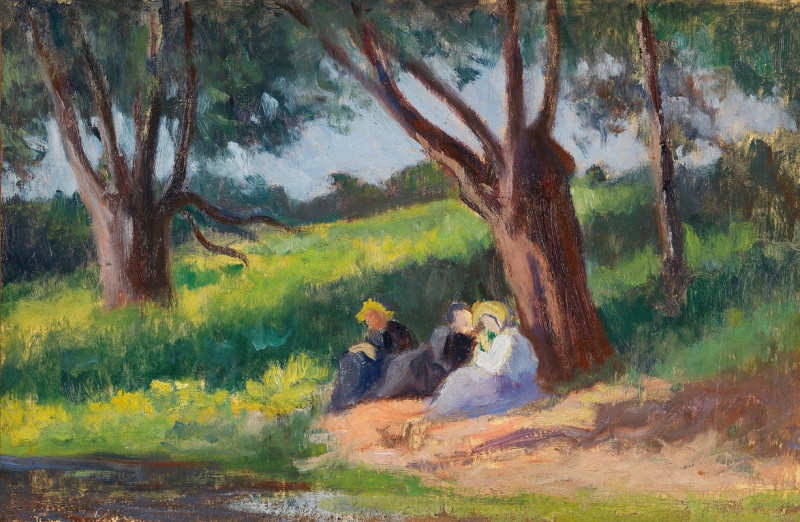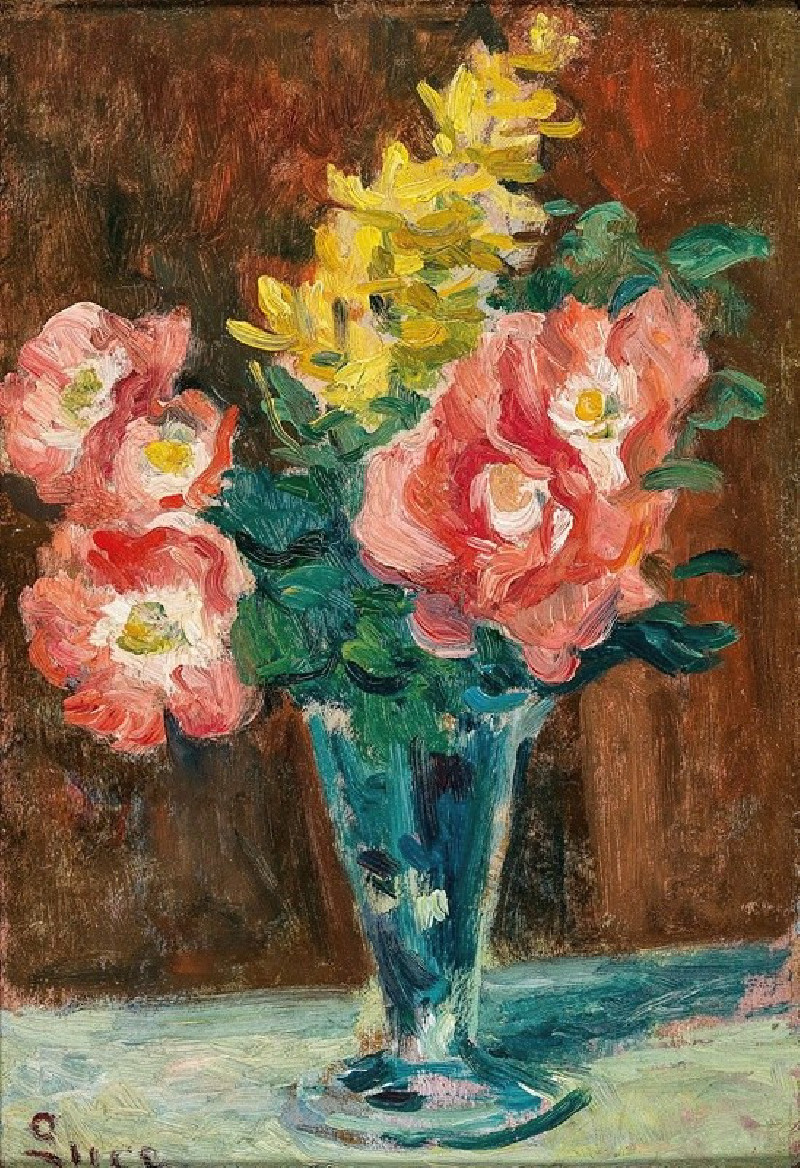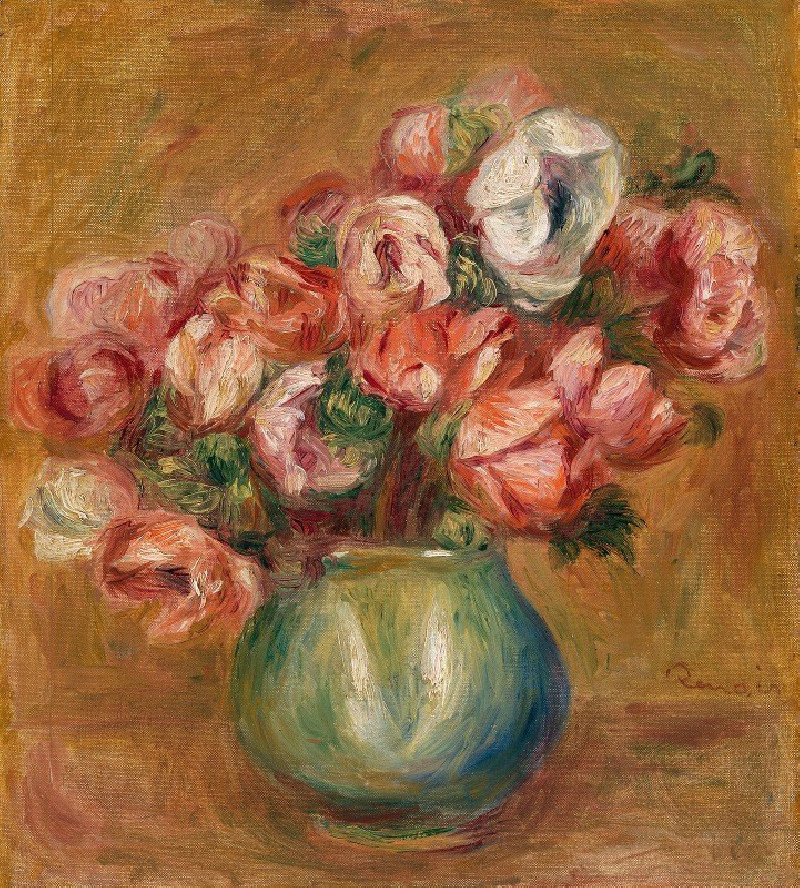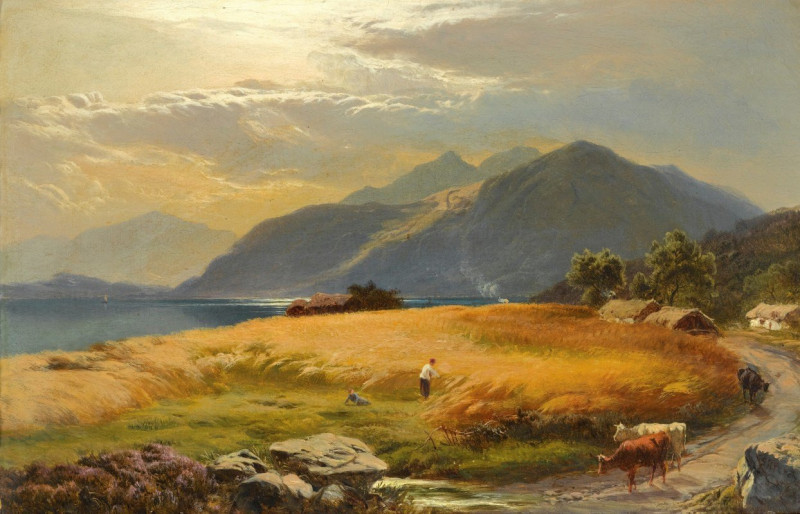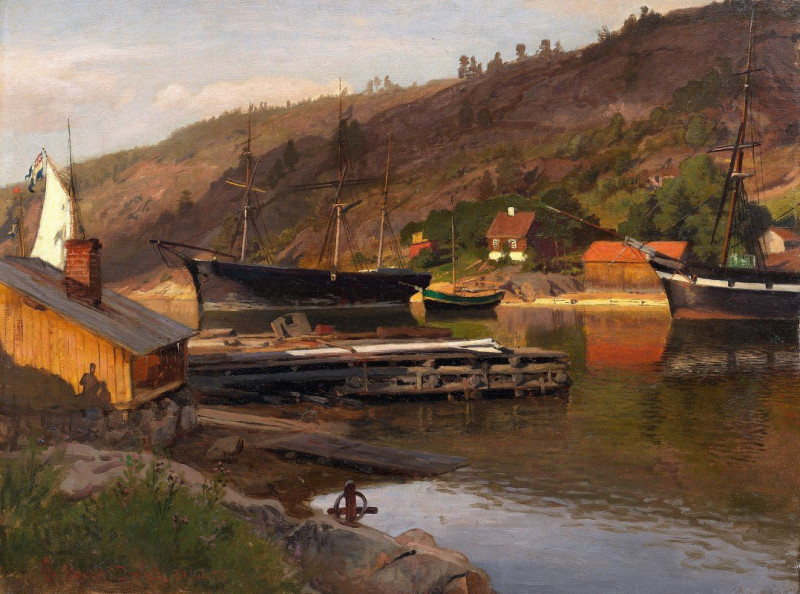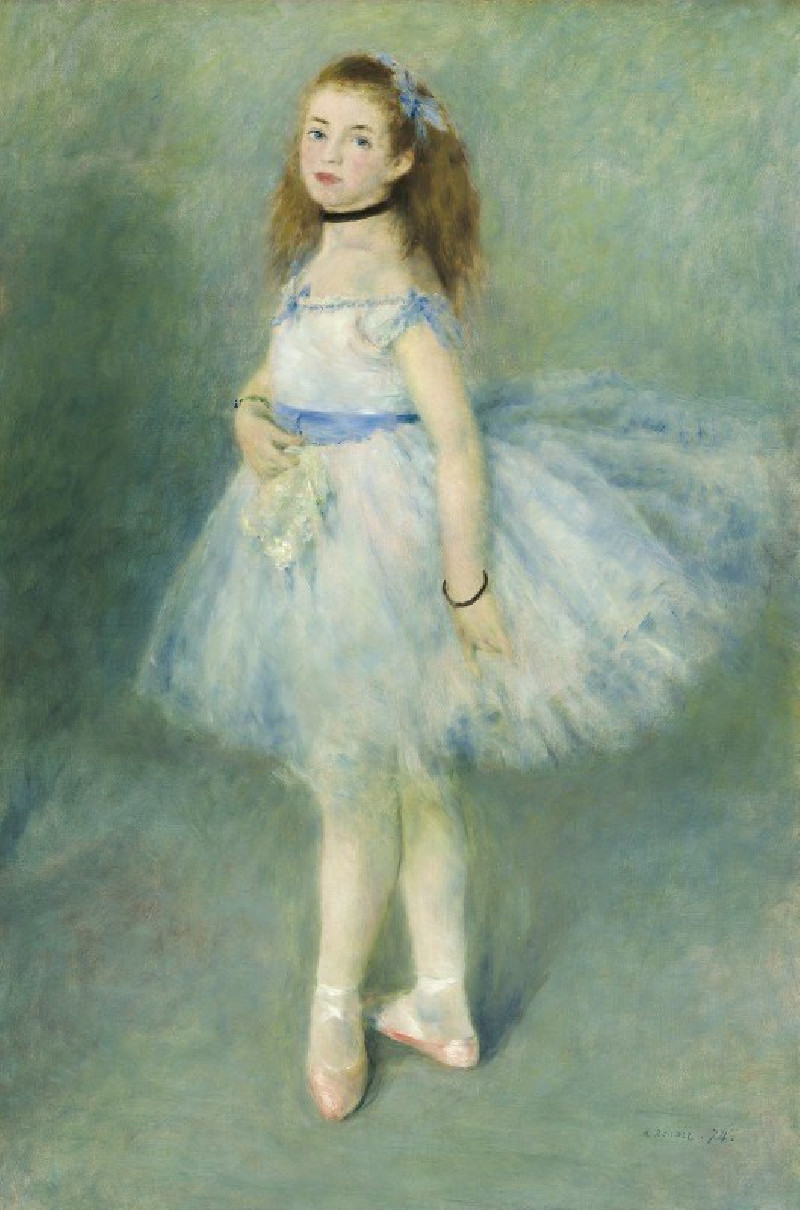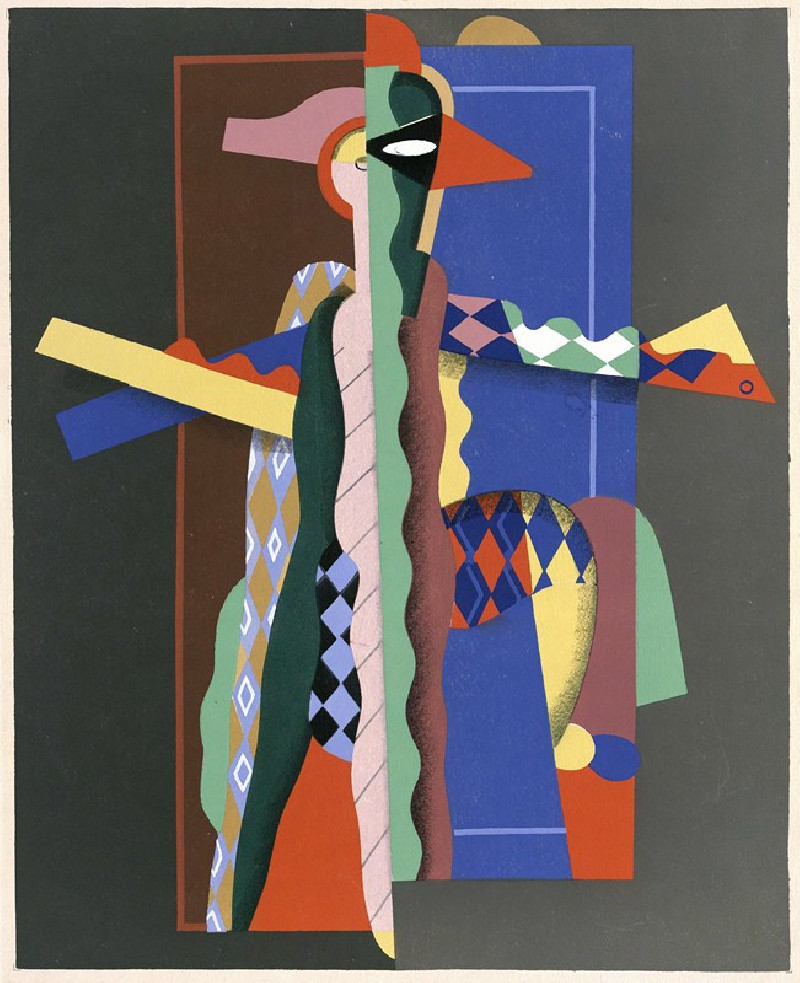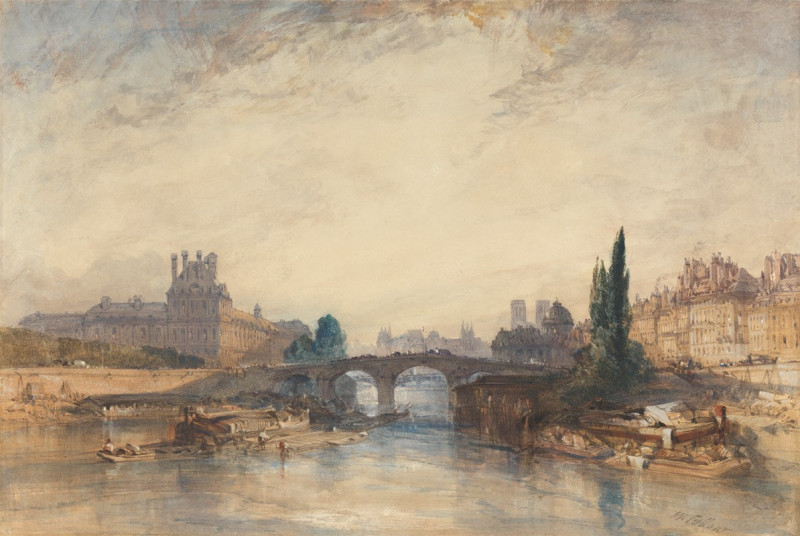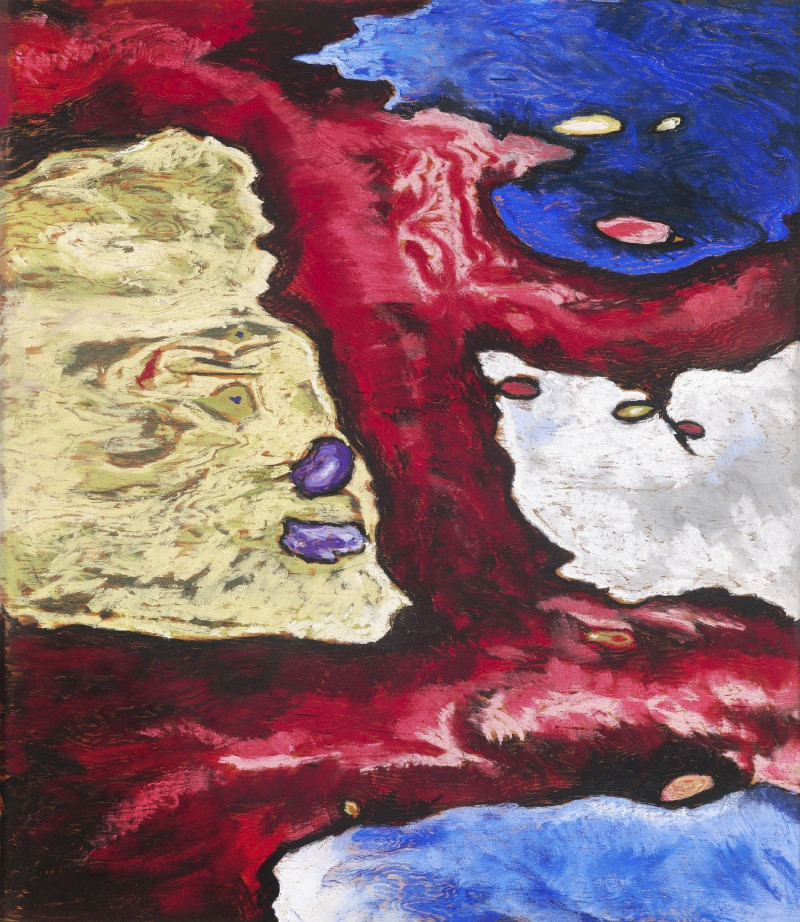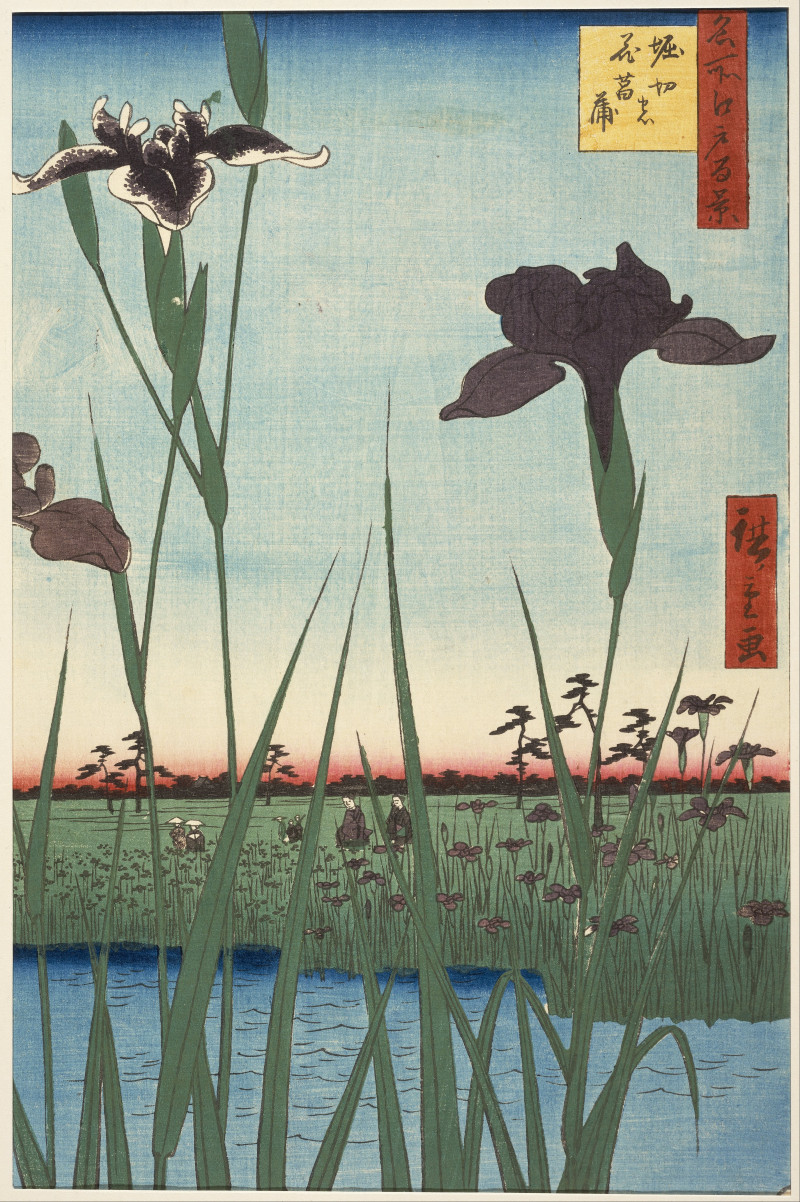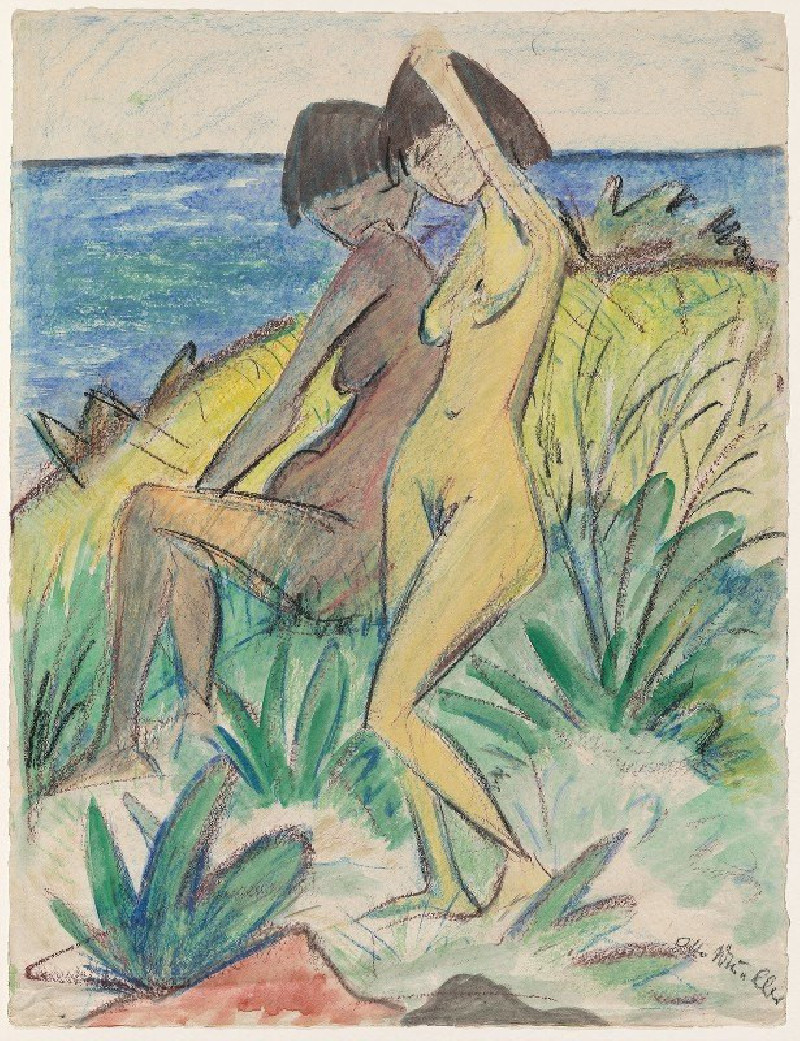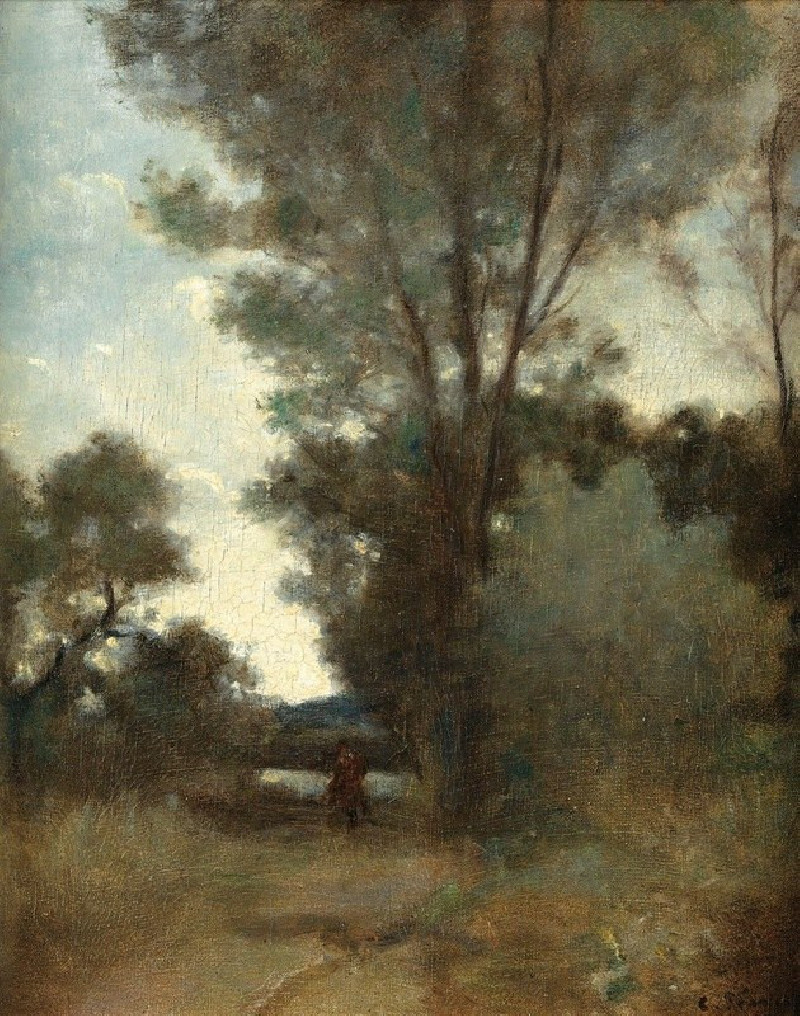La Seine À Guernes
Technique: Giclée quality print
Recommended by our customers
More about this artwork
Welcome to our online exhibit featuring the serene artwork "La Seine À Guernes" by French artist Maximilien Luce. Painted in the characteristic Post-Impressionist style, this artwork captures the tranquil essence of the Seine River flowing through the picturesque village of Guernes.In this beautifully composed landscape, Luce uses vibrant yet harmonious colors to create a reflective mood that mirrors the quietness of the rural scene. The painting portrays a gentle river coursing through lush countryside under a vast, dynamic sky. Dominated by expressive brushstrokes, the sky with its swirling clouds of blues and whites stretches broadly over the soft, green landscape below. Subtle pink hues at the horizon suggest either a sunrise or sunset, adding a warm glow that contrasts with the cool blues and greens.The river, calm and placid, occupies the lower half of the canvas, effectively reflecting the sky and the line of slim, vertical poplar trees that punctuate the riverbank. These trees, characteristic of many French rural landscapes, guide the eye gently along the flow of the river, and their reflections in the water add depth and balance to the composition.Luce's skillful use of light and reflection not only emphasizes the natural beauty of Guernes but also evokes a sense of peace and timelessness. Using thick, bold strokes alongside smoother, fluid ones, Luce creates a textural diversity that invites viewers to explore each part of the canvas."La Seine À Guernes" not only showcases the tranquil beauty of the French landscape but also exemplifies Luce’s masterful ability to convey atmosphere and emotion through color and form. This piece serves as a wonderful reflection of natural serenity, making it a captivating subject for both art enthusiasts and casual viewers alike.
Delivery
Returns
Maximilien Luce was a prolific French Neo-impressionist artist, known for his paintings, illustrations, engravings, and graphic art, and also for his anarchist activism. Starting as an engraver, he then concentrated on painting, first as an Impressionist, then as a Pointillist, and finally returning to Impressionism.


